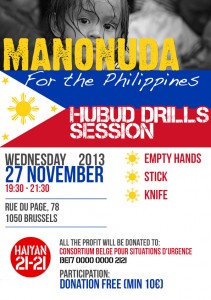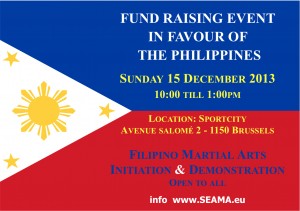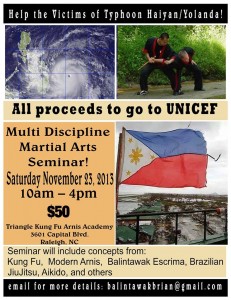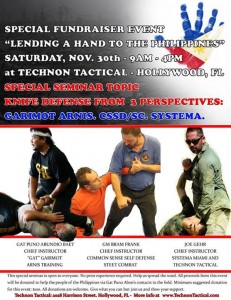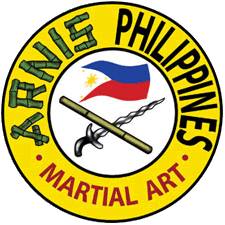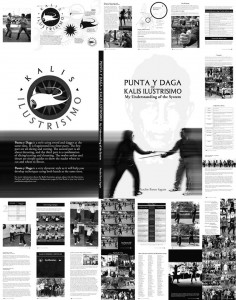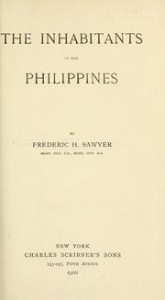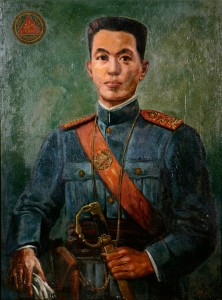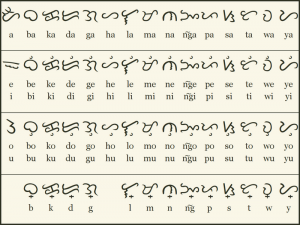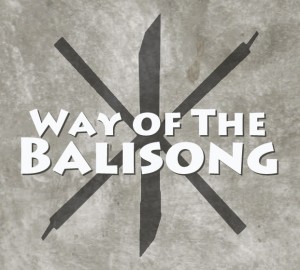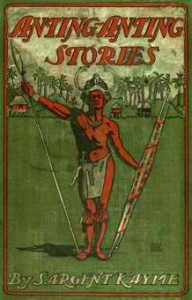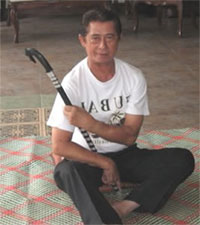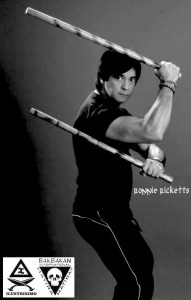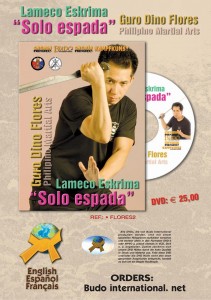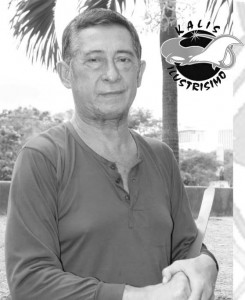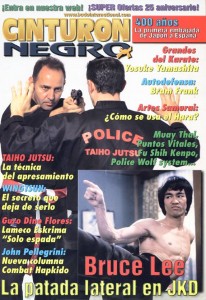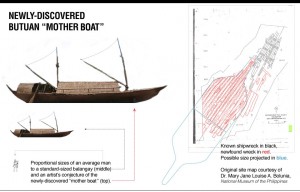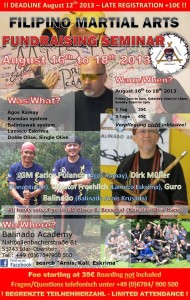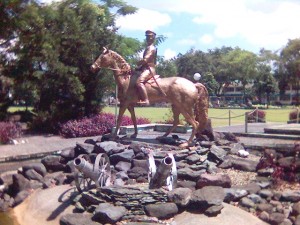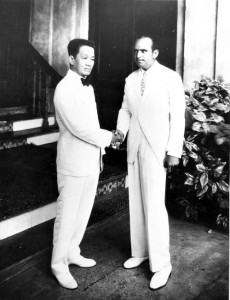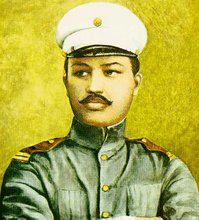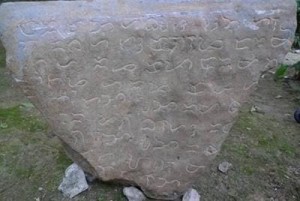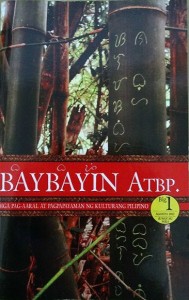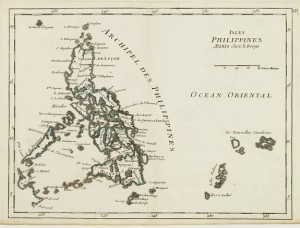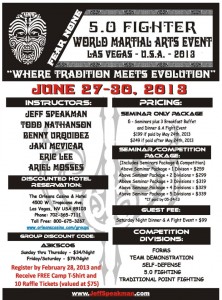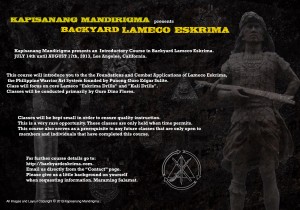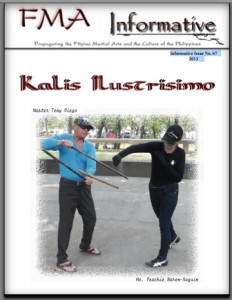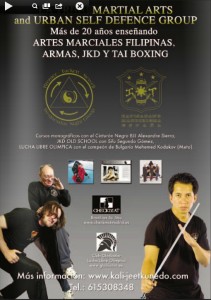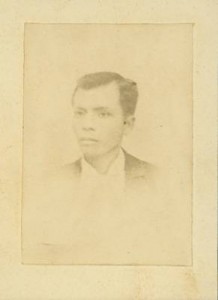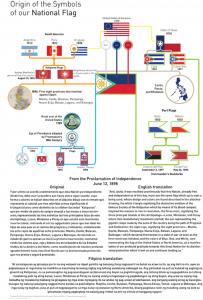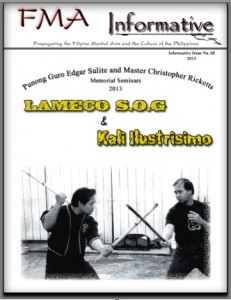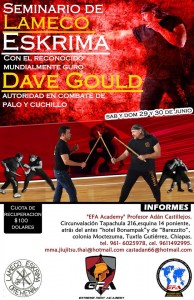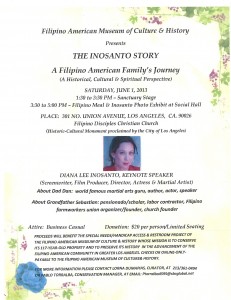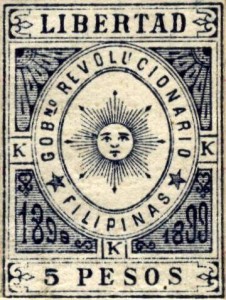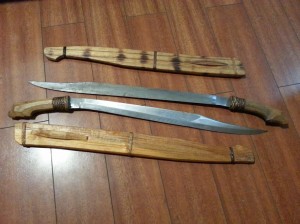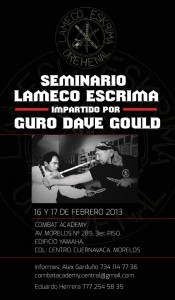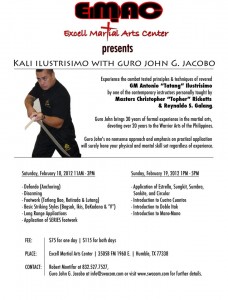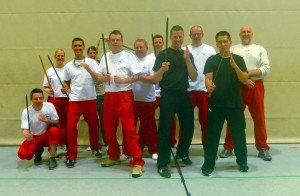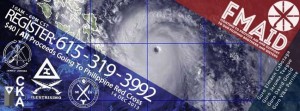
Over the course of the last month, the Philippines has been rocked by a series of natural disasters. First was the 7.2 magnitude earthquake that destroyed homes, many historical churches, and buildings on the islands of Cebu and Bohol. And the most recent, super Typhoon Yolanda (Haiyan), cut a path of destruction through our island nation and other parts of Southeast Asia. Yolanda (Haiyan) has been declared the most powerful typhoon to make landfall in recorded history. The US Navy Joint Typhoon Warning Center stated that at its height, the storm produced sustained winds around 319kph (198mph) with gusts topping out at 379kph (235mph). The final details of fatalities, injuries, and property damage are yet unknown as many areas were left without power and are out of communication with emergency management services. This is a public event open to anyone wishing to learn the foundational concepts and principles of the Filipino Martial Arts. Guro David Gould of Lameco Eskrima, Guro Viko Perrine, and Guro Jerome Teague will be taking participants through some of the fundamentals of their respective systems including: sword, stick, knife, empty, hands, and weapon disarming. This will be an amazing gathering and will benefit a worthy cause. To register, please contact Guro Jerome Teague at (615) 319-3992. Cost is $40 with ALL proceeds going to the Philippine Red Cross. We will also be taking donations of clothing and other essential items. More Info at: https://www.facebook.com/events/169367563261944/ … [Read more...]
